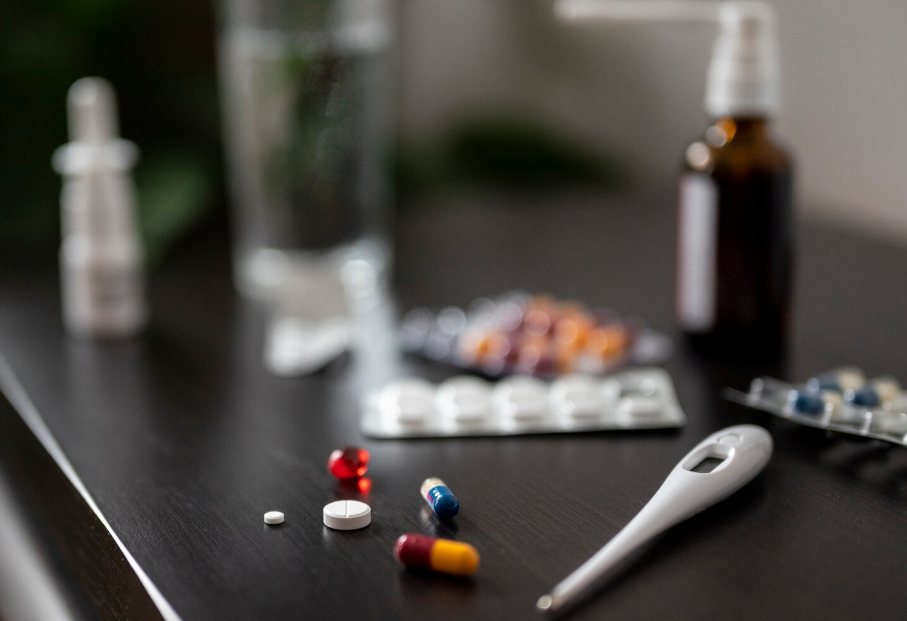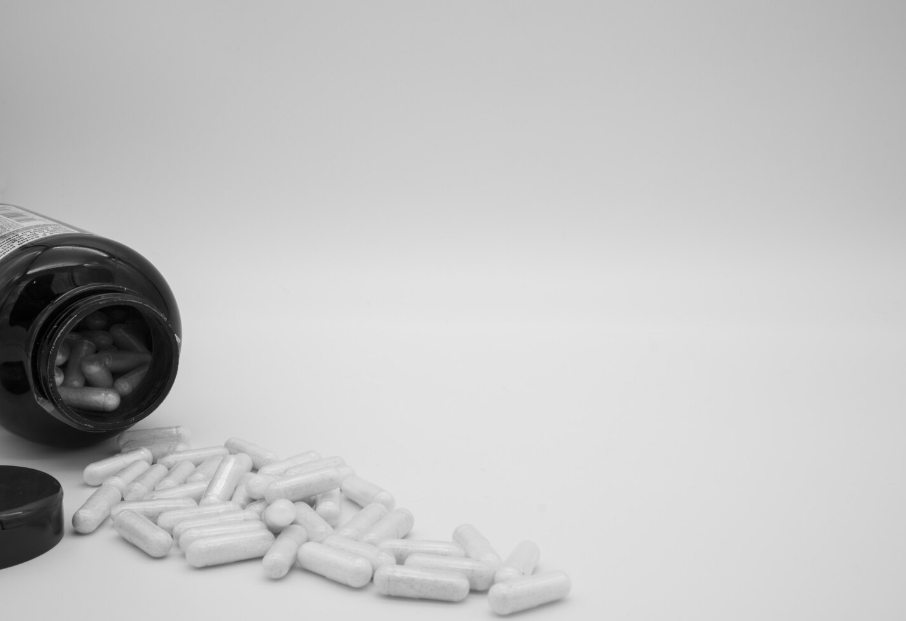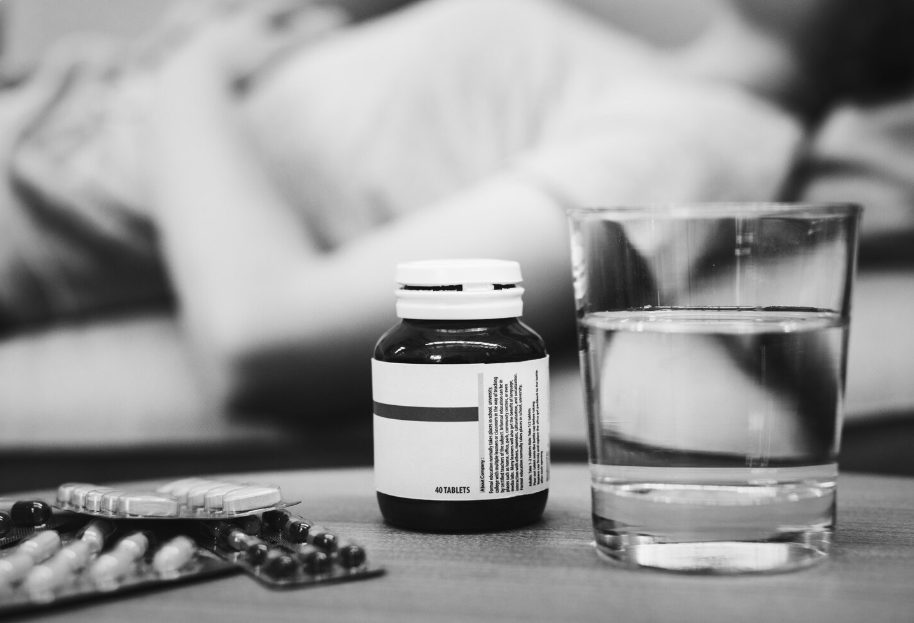Understanding Love Addiction
Love addiction is a complex and often misunderstood issue that can have a profound impact on an individual's emotional well-being and relationships. In order to effectively address and overcome love addiction, it is important to have a clear understanding of what it entails and be able to recognize its signs and symptoms.
What is Love Addiction?
Love addiction refers to a pattern of unhealthy and obsessive behaviors surrounding romantic relationships. It is characterized by an intense craving for love, validation, and attention, which can lead individuals to engage in destructive and codependent relationships. Love addiction is often rooted in deep-seated emotional issues, such as low self-esteem, abandonment fears, or unresolved trauma.
Unlike healthy and balanced relationships, love addiction is marked by an excessive need for validation and a constant search for the "perfect" partner. Individuals struggling with love addiction may become consumed by their relationships, often neglecting their own needs and well-being in the process.
Signs and Symptoms of Love Addiction
Recognizing the signs and symptoms of love addiction is crucial in order to seek appropriate help and support. While the specific manifestations may vary from person to person, common signs of love addiction include:
- Obsessive thoughts and preoccupation: Constantly thinking about the object of affection, fantasizing about the relationship, or daydreaming about love.
- Compulsive behavior: Engaging in excessive and impulsive behaviors to gain love and approval, such as constantly seeking attention or engaging in risky behaviors.
- Fear of abandonment: An intense fear of being alone or abandoned, leading to clingy and dependent behavior.
- Unhealthy relationship patterns: Repeatedly engaging in dysfunctional and toxic relationships characterized by codependency, manipulation, or emotional abuse.
- Neglecting personal well-being: Prioritizing the needs and desires of the partner over one's own well-being, often leading to self-neglect and loss of personal boundaries.
Recognizing these signs and symptoms is the first step towards addressing love addiction and embarking on a journey of healing and recovery. It is important to remember that seeking professional help and support is crucial in overcoming love addiction and establishing healthy patterns of love and relationships.
Recognizing Withdrawal Signs
Withdrawal from love addiction can be a challenging and overwhelming experience. It's important to recognize the signs of withdrawal in order to effectively address and conquer them. Withdrawal symptoms can manifest both emotionally and physically.
Emotional Withdrawal Symptoms
Emotional withdrawal symptoms are often the most prominent signs of love addiction withdrawal. These symptoms can vary in intensity and duration, depending on the individual. Some common emotional withdrawal symptoms include:
Emotional Withdrawal Symptoms
- Feelings of sadness and despair
- Anxiety and restlessness
- Irritability and mood swings
- Obsessive thoughts about the person
- Loss of interest in activities
- Difficulty concentrating
- Loneliness and isolation
It's important to remember that everyone's experience with love addiction withdrawal is unique. If you or someone you know is experiencing these symptoms, it may be beneficial to seek professional help to navigate through this challenging period.
Physical Withdrawal Symptoms
In addition to the emotional symptoms, love addiction withdrawal can also lead to physical manifestations. While these physical symptoms may not be as pronounced as the emotional ones, they can still be distressing. Some common physical withdrawal symptoms include:
Physical Withdrawal Symptoms
- Fatigue and low energy
- Sleep disturbances, such as insomnia or excessive sleeping
- Changes in appetite, including loss of appetite or overeating
- Headaches or migraines
- Muscle tension and aches
- Digestive issues, such as stomach pain or nausea
- Weakened immune system
It's important to note that these physical symptoms may be a result of the emotional distress caused by love addiction withdrawal. Engaging in self-care practices, such as exercise, proper nutrition, and stress reduction techniques, can help alleviate some of these physical symptoms.
Recognizing these withdrawal signs is the first step toward breaking the cycle of love addiction. By acknowledging and understanding these symptoms, individuals can seek appropriate support and develop healthy coping strategies to overcome the challenges associated with love addiction withdrawal.
Coping Strategies
When it comes to breaking the cycle of love addiction and conquering its withdrawal signs, there are several coping strategies that can be effective. These strategies aim to provide support, promote self-care, and establish healthy boundaries. Here are three important coping strategies to consider: seeking professional help, practicing self-care, and establishing boundaries.
Seeking Professional Help
For individuals struggling with love addiction and its associated withdrawal signs, seeking professional help can be a crucial step towards recovery. Therapists or counselors with expertise in addiction and relationships can provide guidance, support, and strategies tailored to the individual's specific needs.
Professional help can come in various forms, such as individual therapy, group therapy, or support groups specializing in love addiction. These resources offer a safe space to explore underlying issues, gain insights, and develop healthier patterns of behavior. The guidance of a professional can be invaluable in understanding the root causes of love addiction and developing effective coping mechanisms.
Self-Care Practices
Engaging in self-care practices is vital for individuals dealing with the withdrawal signs of love addiction. Taking care of oneself physically, emotionally, and mentally can aid in the healing process and promote overall well-being.
Self-care practices may include activities such as exercise, mindfulness or meditation, journaling, engaging in hobbies, and spending time with supportive friends or family members. These practices help individuals reconnect with themselves, foster self-compassion, and reduce stress and anxiety.
Prioritizing self-care also involves setting boundaries and learning to say "no" when necessary. It means recognizing one's limits and taking steps to protect one's emotional and mental health. By incorporating self-care practices into daily routines, individuals can gradually regain control over their lives and break free from the cycle of love addiction.
Establishing Boundaries
Establishing and maintaining boundaries is crucial for individuals recovering from love addiction. Boundaries serve as guidelines for acceptable behavior and help protect oneself from unhealthy relationships and situations.
Setting boundaries involves clearly communicating one's needs, desires, and limits to others. This may involve saying "no" to behaviors that are not aligned with personal values or goals. It also includes identifying and avoiding triggers that may lead to relapse or reinforce addictive patterns.
Establishing boundaries requires self-awareness, self-advocacy, and assertiveness. It may be helpful to seek support from a therapist or counselor to develop effective boundary-setting skills. By establishing and maintaining healthy boundaries, individuals can create a safe and empowering environment that supports their recovery journey.
By implementing these coping strategies—seeking professional help, practicing self-care, and establishing boundaries—individuals can begin to break the cycle of love addiction and conquer its withdrawal signs. Remember, recovery takes time, patience, and support. With the right strategies in place, individuals can move towards a healthier and more fulfilling life.
Breaking the Cycle
Breaking free from the cycle of love addiction requires a combination of self-awareness, personal growth, and the development of healthy coping mechanisms. In this section, we will discuss two essential steps in this process: identifying triggers and developing healthy coping mechanisms.
Identifying Triggers
Identifying the triggers that fuel your love addiction is a crucial step in breaking the cycle. Triggers are specific situations, emotions, or thoughts that lead to the desire for love and validation from others. By recognizing and understanding these triggers, you can gain insight into your patterns and take proactive steps towards change.
To identify your triggers, it can be helpful to keep a journal where you record situations or events that evoke strong emotions or cravings for love and validation. Look for patterns and common themes that emerge from your reflections. By pinpointing these triggers, you can become more aware of the situations that contribute to your love addiction and take steps to manage them more effectively.
Developing Healthy Coping Mechanisms
Once you have identified your triggers, it's important to develop healthy coping mechanisms to replace the destructive patterns of love addiction. These coping mechanisms will help you manage the emotional and physical withdrawal symptoms that may arise as you break free from the cycle.
Some healthy coping mechanisms that you can consider include:
- Therapy or counseling: Seeking professional help from a therapist or counselor who specializes in love addiction can provide you with the guidance and support you need to navigate the recovery process. They can help you explore the underlying causes of your addiction, develop healthier relationship patterns, and provide tools for managing triggers and cravings.
- Self-care practices: Engaging in activities that promote self-care and self-love can be instrumental in breaking the cycle of love addiction. This can include activities such as practicing mindfulness and meditation, engaging in regular exercise, pursuing hobbies and interests, and prioritizing your emotional and physical well-being.
- Establishing boundaries: Setting and maintaining healthy boundaries is essential in breaking the cycle of love addiction. This involves clearly defining what behaviors and situations are acceptable to you and communicating them assertively to others. By establishing boundaries, you protect yourself from unhealthy relationships and create space for personal growth and healing.
Developing healthy coping mechanisms takes time and practice. Be patient and compassionate with yourself as you navigate this process. Remember that breaking the cycle of love addiction is a courageous step towards reclaiming your own happiness and well-being.
By identifying triggers and developing healthy coping mechanisms, you can break free from the cycle of love addiction and embark on a journey of self-discovery and personal growth. Remember that you are not alone and that seeking support from professionals and building a strong support system can greatly contribute to your success in overcoming love addiction.
Moving Forward
Moving forward after experiencing withdrawal signs of love addiction is an essential step towards recovery and personal growth. It involves taking proactive measures to heal and establish a healthy mindset regarding relationships. Here are three key aspects to focus on during this journey:
Building a Support System
Building a strong support system is crucial when overcoming love addiction. Surrounding oneself with understanding and empathetic individuals can provide the necessary emotional support and encouragement. This support system can include friends, family members, support groups, or therapists who specialize in love addiction.
Support System Options
- Friends
- Family Members
- Support Groups
- Therapists
Setting Realistic Expectations
Setting realistic expectations is vital for individuals recovering from love addiction. It's important to recognize that relationships are not always perfect and that no one person can fulfill all their emotional needs. By acknowledging this, individuals can avoid setting unrealistic expectations on themselves and their partners, which can contribute to feelings of dissatisfaction and disappointment.
To establish realistic expectations, it can be helpful to focus on personal growth and self-improvement. This involves identifying personal goals and working towards them, rather than relying solely on a romantic relationship for fulfillment.
Embracing Self-Love
Embracing self-love is a fundamental aspect of moving forward and breaking free from love addiction. It involves developing a positive and compassionate relationship with oneself. By practicing self-care, individuals can prioritize their own well-being and build a strong sense of self-worth.
Self-love can be nurtured through various activities such as engaging in hobbies, practicing mindfulness and self-reflection, and seeking therapy or counseling. It's important to remember that self-love is an ongoing journey and may require time and effort to fully embrace.
By focusing on building a support system, setting realistic expectations, and embracing self-love, individuals can take significant steps towards healing and moving forward from love addiction. It's important to remember that seeking professional help is crucial during this process, as trained professionals can provide guidance and support tailored to individual needs.
Sources
www.urbanrecovery.com/withdrawal-signs-of-love-addiction
www.surfpointrecovery.com/withdrawal-signs-of-love-addiction


.jpg)





.png)
.png)
.png)
.png)